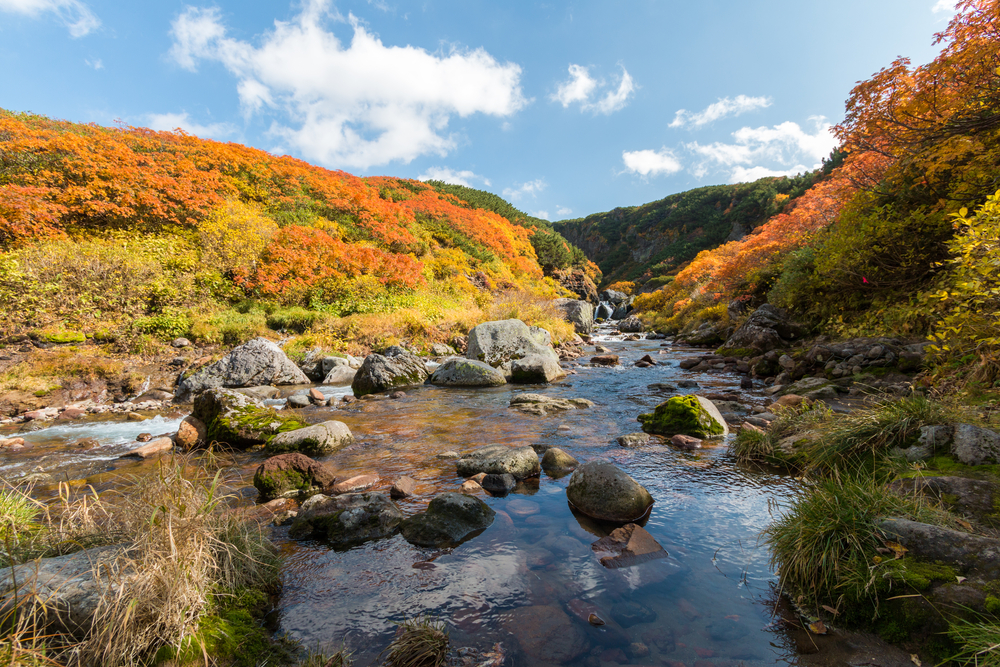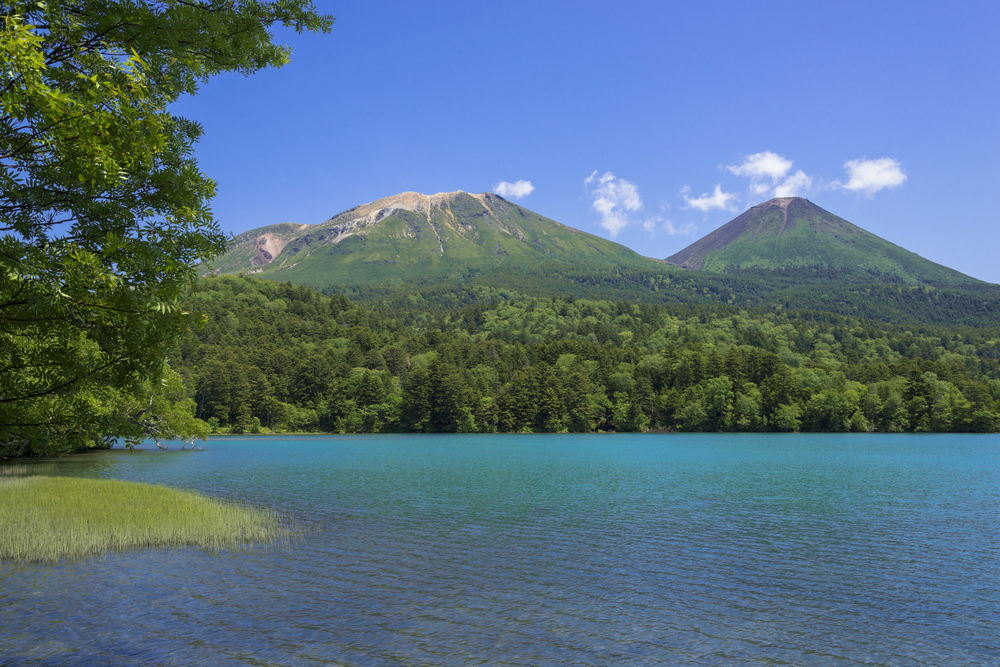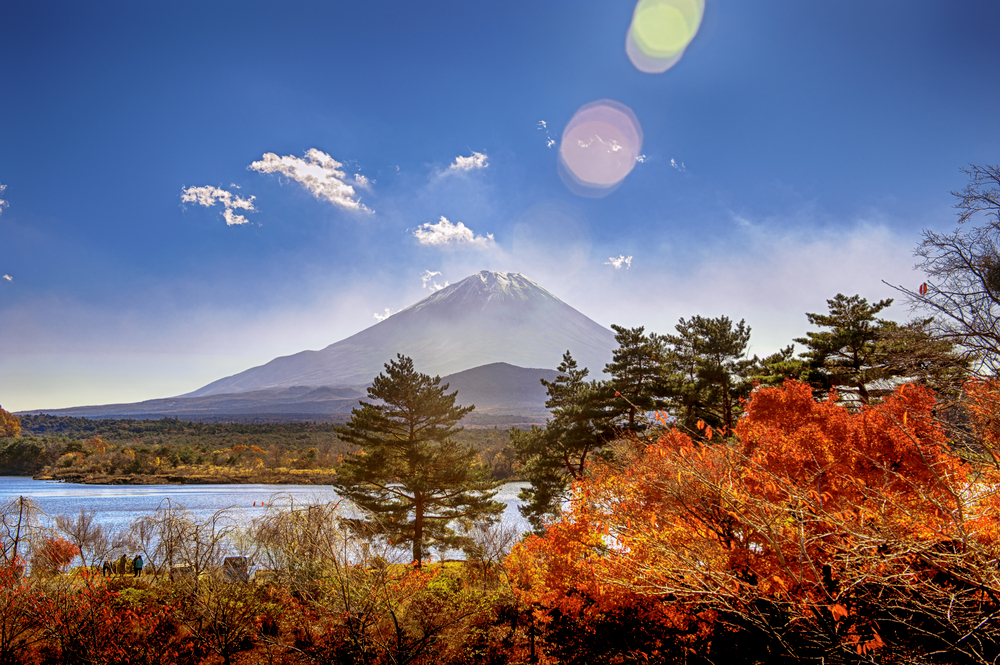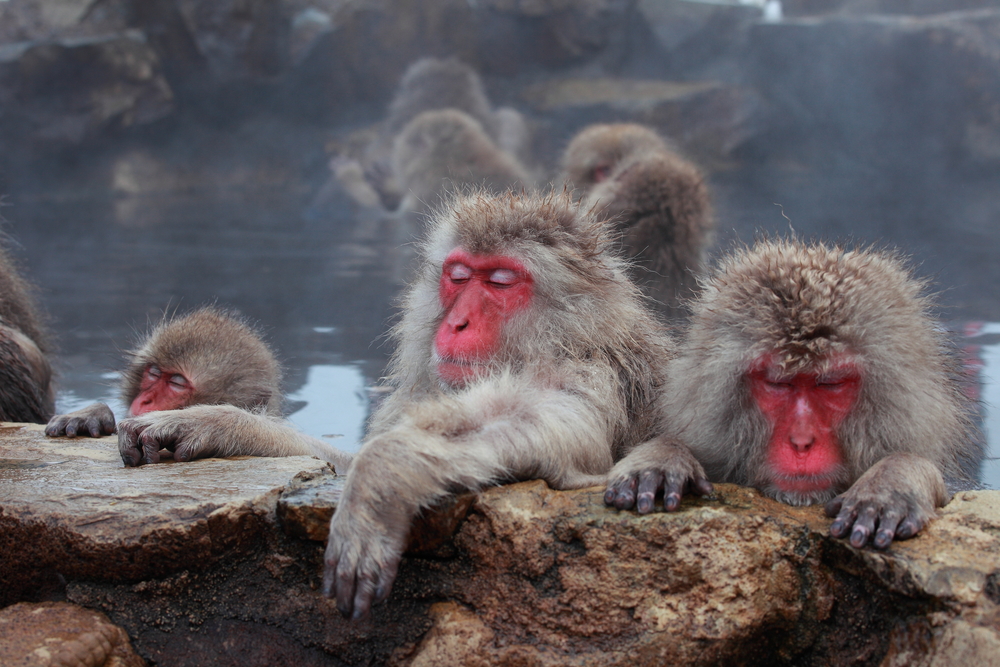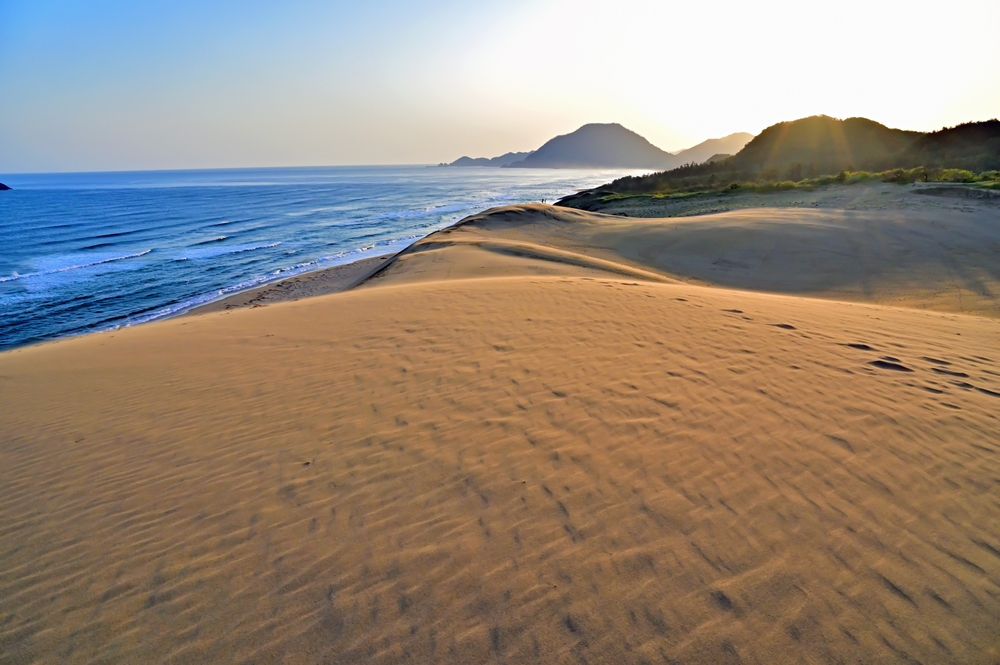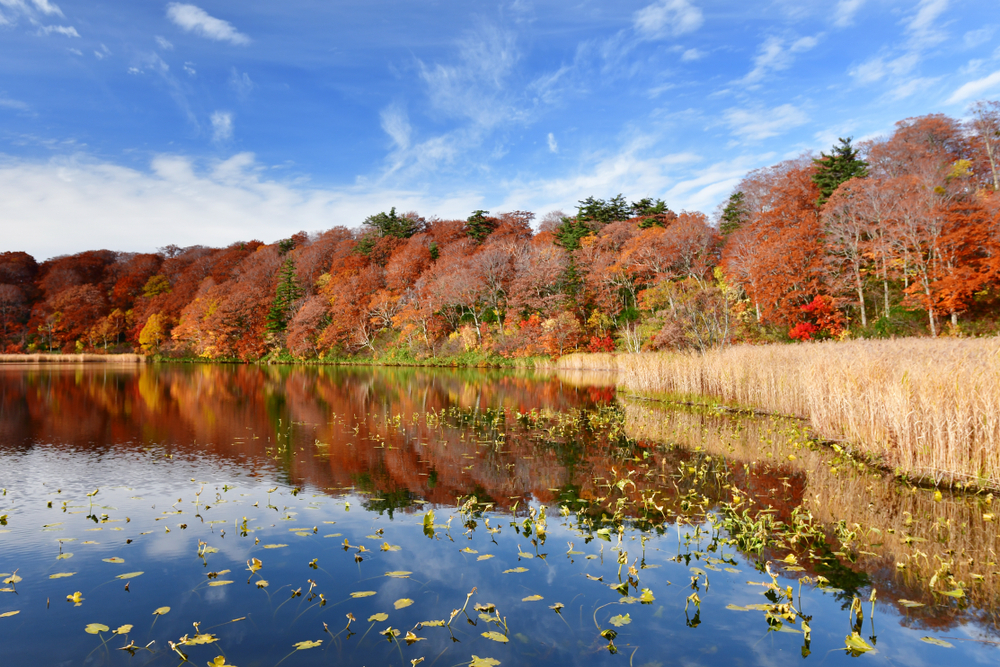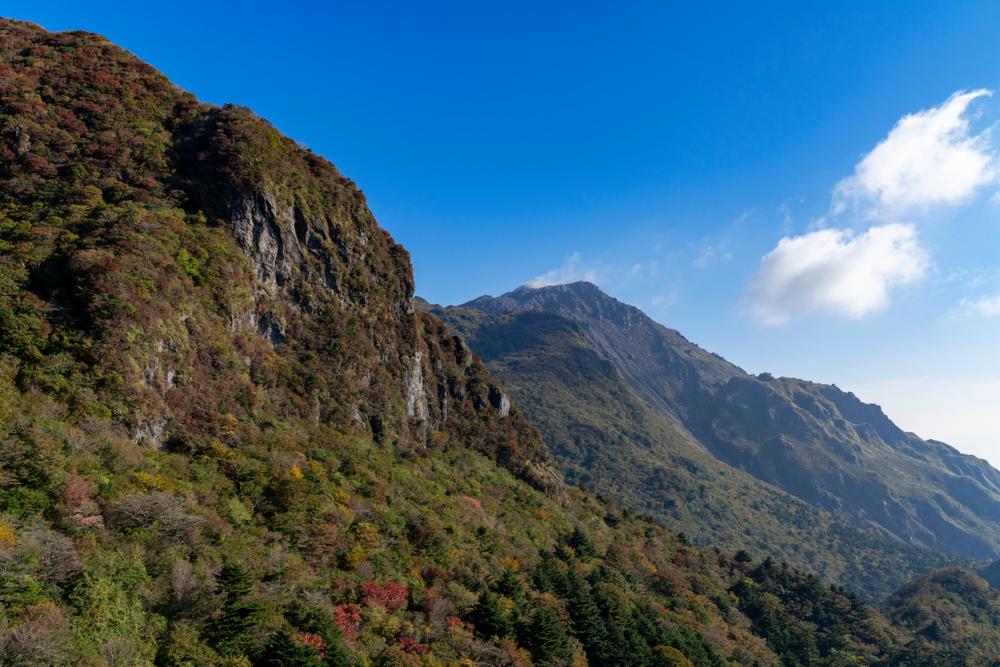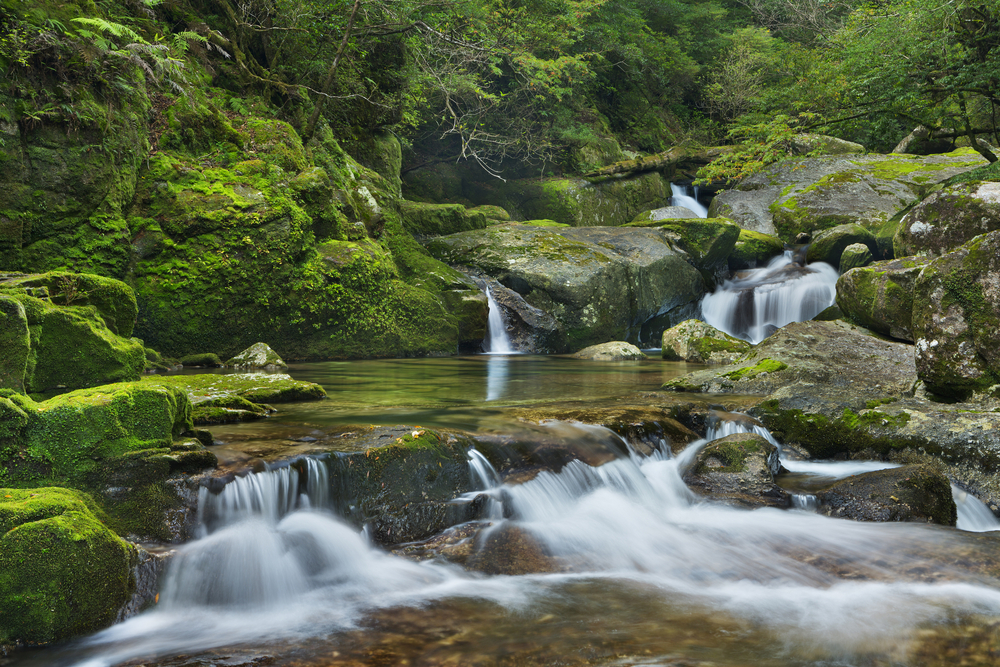Daisetsuzan Overview
Daisetsuzan National Park, known as “Daisetsuzan Kokuritsu Kōen” in Japanese, is the largest national park in Japan, spanning approximately 872 square miles (2,267 square kilometers). Located in central Hokkaido, this vast and pristine wilderness is celebrated for its rugged terrain, dramatic landscapes, and untamed natural beauty. The name “Daisetsuzan” translates to “Great Snowy Mountains,” aptly describing the park’s towering peaks and alpine environment, including the iconic Asahidake, which is Hokkaido’s tallest mountain at 7,516 feet (2,291 meters). The park also features other notable peaks like Tokachidake and Kurodake, alongside spectacular volcanic formations, steaming fumaroles, and crystal-clear rivers. Seasonal waterfalls such as the Ginga and Ryusei Falls add to the park’s dynamic scenery.
The vegetation in Daisetsuzan National Park varies dramatically with elevation, showcasing a wide range of ecological zones. Subalpine forests of fir and spruce blanket the lower elevations, transitioning into dense alpine shrublands and eventually giving way to tundra and rocky outcrops at the higher altitudes. Seasonal changes bring stunning visual transformations, with vibrant greens in summer, fiery reds and golds in autumn, and a snow-blanketed wonderland in winter. The park is also renowned for its diverse flora, including rare alpine flowers like the Ezorisou (Ezo primrose) and Chishima Gentian.
Daisetsuzan is home to a rich variety of wildlife, making it a haven for nature enthusiasts and photographers. Notable mammals include the Ezo brown bear, Japan’s largest terrestrial predator, and the adorable Ezo deer. The park’s skies are often filled with the calls of bird species such as the Blakiston’s fish owl and the black woodpecker, while the ptarmigan can be seen blending seamlessly with its snowy surroundings. These species, along with an abundance of other wildlife, highlight the park’s ecological richness and importance as a conservation area.
Visitors to Daisetsuzan National Park can enjoy a multitude of outdoor activities that allow them to immerse themselves in its natural splendor. Hiking is the most popular way to explore the park, with trails ranging from leisurely walks to challenging ascents of volcanic peaks like Asahidake. In the winter, the park transforms into a premier destination for snowshoeing and backcountry skiing. The Asahidake Ropeway provides stunning views and easy access to the higher altitudes, making it a favorite among tourists. Hot springs, or “onsen,” such as Sounkyo and Asahidake Onsen, offer a relaxing way to experience the geothermal wonders of the region.
The park faces conservation challenges, including the delicate balance of preserving its ecosystems while accommodating increasing tourism. However, efforts to manage visitor impact through education, regulated access, and conservation initiatives have seen significant success. Local communities and park authorities work together to protect this unique wilderness, ensuring its continued health and vibrancy for future generations.








































































